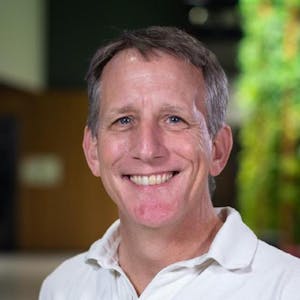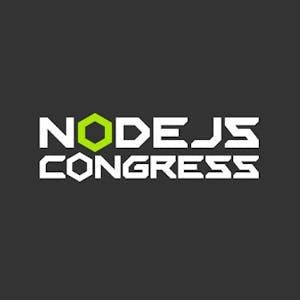And that's been really good. Uh, so far, you know, it's been phenomenal. And then like, it also really just depends on like what framework you use and like when you're needed to make an API call, right? So like if you're taking advantage of things like next to us that, you know, if you're using some of their server side functions, which only happen on the server, you don't really need a caching solution, right? It's happening on the server that code gets eliminated. You just make a simple fetch call. Uh, but if you're building a traditional spot, then yeah, you might want to invest in some type of, you know, context-based, hook-based, or even Apollo, uh, to manage that state. Depending on, you know, how intricate your UI is, you might have to, you know, go for something like Apollo. Cause uh, kind of like Trevor said, you might have to do some more optimizations on local storage and stuff like that. Uh, but I would say most of the time, if you get your backend correct, and it's, you know, for backends, doing the heavy lifting of sending exactly what your friend needs, you can kind of just get by with just a context and the hooks.
Yeah. And I do like, uh, want to follow up on that, that I do love seeing kind of a wider landscape of these clients, uh, from anything to like the more smaller, uh, wider focused, um, you know, React query up to like a fully managed client. Like, uh, you have Urql as well, which is also a really good solution. Um, so it's just really cool to see such a wide variety. I always say, it's a little bit about like, yeah, thinking about the needs for your app, but then playing around with them and seeing which one's kind of, uh, outside of that. Once you have that narrowed down, fit your, you know, your development style, team style, all that fun stuff.
Uh, next question I want to get to, just cause I want to make sure we get to this and I've seen a couple of questions about this pop up, so I'm going to, uh, uh, uh, jump to this one, which is if there was one resource that you could recommend to folks, uh, who are wanting to get started with GraphQL and React, what would it be? And, uh, Vishal, I'm going to start with you this time. If that's cool. Sure. Um, just going off of how my experience has been learning GraphQL, I really suggest that just getting your fundamentals right with GraphQL is just very important. Um, so just the GraphQL documentation is a really great place to start. Um, but if docs is not your thing, then I absolutely love you Priscilla's resources on GraphQL. She has an amazing book Learning GraphQL. And, um, Peggy raises, um, from Apollo. She also has this really cool guide that's, um, that's called a front-end developer's guide to, um, GraphQL. And that's, that also sets a primer for you. And specifically if you want to learn how to use React with GraphQL, then. Um, I am going to risk being a bit biased here, but Hasura has really cool, um, has a really cool learn course, uh, for React, if you want to check that Yeah, that's awesome. Uh, and then I guess I'll go like counterclockwise around, uh, Trevor. What, uh, what would be that record, that resource that you would recommend? Uh, yeah, Vish, Vish took my, uh, my learning GraphQL plug. Uh, I, I think you can't go wrong with, um, with even Alex there even beyond that book, if you, if you just Google, um, moon highway, they've got tons of great GraphQL resources. Um, also the, the Apollo front end, um, or full stack tutorial, I should say, uh, is, is a good it's relatively short and shouldn't take a lot of time, but, but it should acquaint you with all the basics and, and actually I, like, um, Vish mentioned that the, uh, You know, the way that, that she was introduced to GraphQL through, through Gatsby.



















Comments